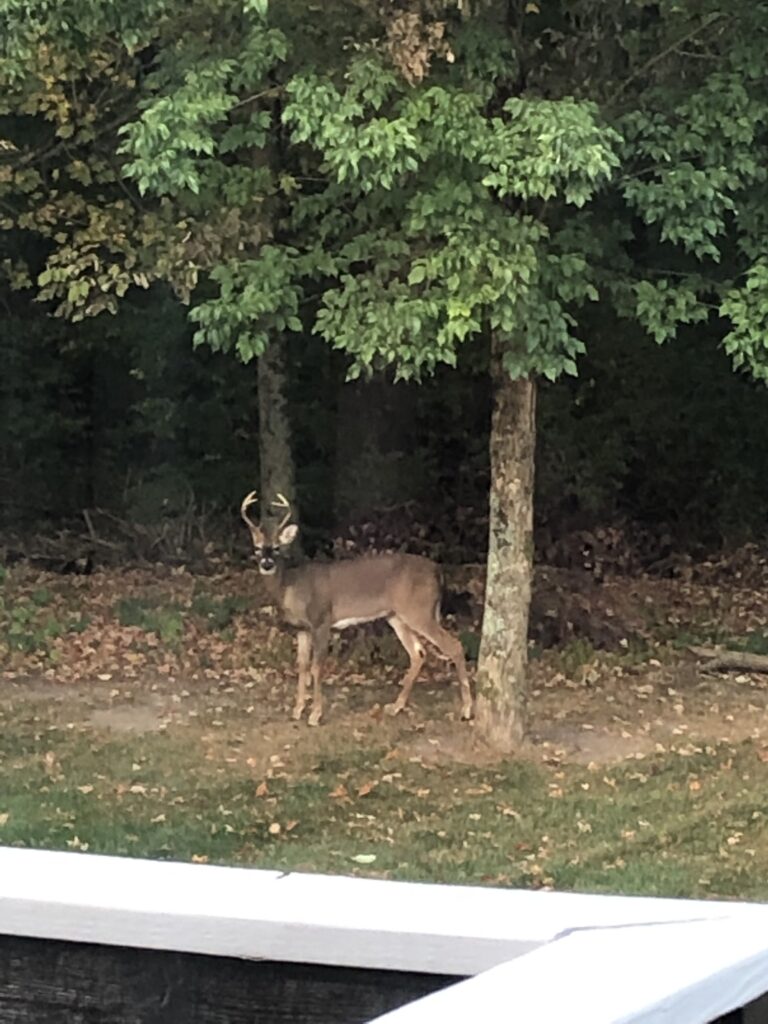“Here’s what’s not beautiful about it: from here, you can’t see the rust or the cracked paint or whatever, but you can tell what the place really is. You can see how fake it all is. It’s not even hard enough to be made out of plastic. It’s a paper town. I mean, look at it, Q: look at all those culs-de-sac, those streets that turn in on themselves, all the houses that were built to fall apart. All those paper people living in their paper houses, burning the future to stay warm. All the paper kids drinking beer some bum bought for them at the paper convenience store. Everyone demented with the mania of owning things. All the things paper-thin and paper-frail. And all the people, too. I’ve lived here for eighteen years and I have never once in my life come across anyone who cares about anything that matters.”
― John Green, Paper Towns
The above quote is one of the most relevant explanations I could apply to my current hometown of Springboro, Ohio. That goes to say, this is not going to be a blog post of white-privilege-fueled bitterness from the mouth of a spoiled brat. I am grateful that I even have the ability to make such a criticism, that I’ve lived in enough suburbs to be able to state somewhat controversially that they’re all the same. In retrospect, they’re really not; the other places I’ve lived are Washington, Colorado, and Vermont—all progressive states in terms of green technology and all beautiful concerning the natural environment. Leaving Ohio for college, I felt like a paper doll leaving a paper town, mass-produced and a carbon copy of my peers, with a flawless GPA and pure white graduation dress, but with nothing meaningful on the inside. In the past three months, I’ve had the chance to grow more as a person than I ever did during my three-year stay in Ohio.
I’ll argue that I didn’t develop a sense of place for Springboro until I returned. I saw my best friends, a group of three lovely girls who all chose to be roommates at a college 30 minutes outside of our town, and knew that I no longer fit into the same cookie cutter as they did. I drove through my neighborhood and saw the perfectly groomed lawns, the matching mailboxes, and the sparkling BMWs parked in driveways, and pondered the comfort found in conformity. But I have developed a certain fondness for these people whose sense of place depends upon living in a snow globe society. I’m not a part of it, but I get it. It’s structure and control in a big, scary world.

I truly found my sense of place in Springboro when I woke up Monday morning. Snuggled beneath my comforter, between my cat and the wall like always, I listened to the house wake up. I heard Dad’s footsteps as he clanged around in the kitchen at 6 am, always “accidentally” loud, though we all know he secretly hopes someone else will wake up for a quick chat before he leaves for work. I heard my brother’s alarm go off and the shower water running as he prepared for school. At 6:45, the cat and I wandered downstairs to have coffee in the sunroom with Mom, chatting as we gazed into the backyard, hoping the two deer we’ve been watching grow up the past few years might wander through. The same morning routine as we’d always had, just adjusted as we moved states and my sister (and now me) left for college, was my wake up call. I felt the comfort in regularity that is reflected by the homes in my neighborhood, but mostly, I felt the reassurance that my family would always be able to adjust together. Going home made me realize that sense of place is just as much about the people as it is about the physical environment.

the ‘rents (from a long time ago) 
squishbean!! 
early morning selfie

our baby!! So proud of him 